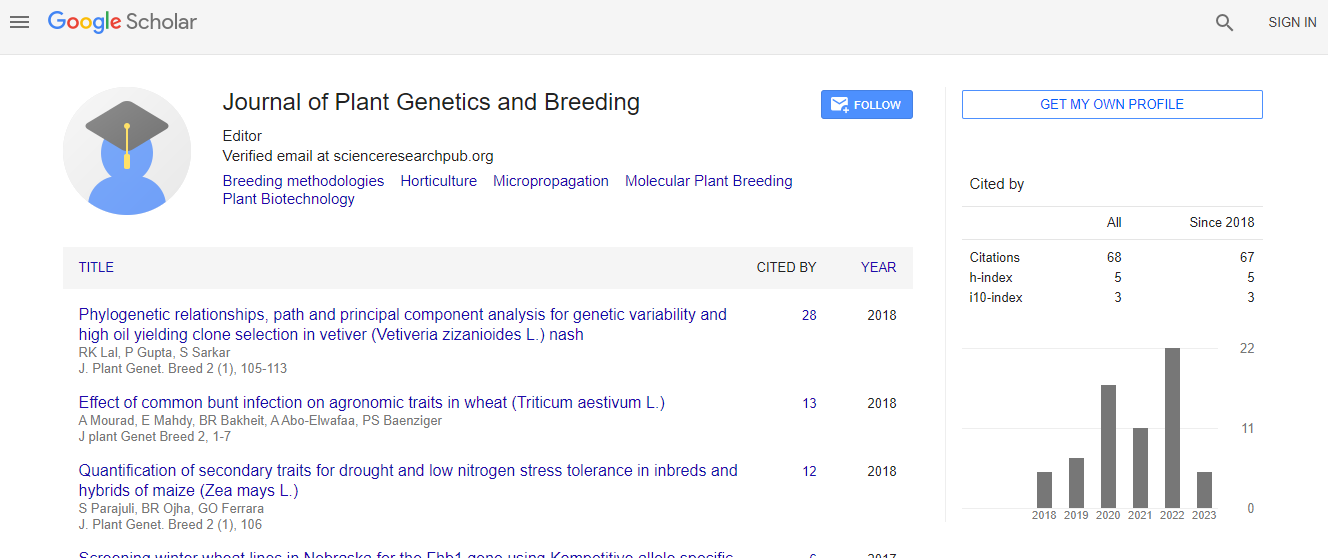Effect of Land Use on Soil Phosphorous Sorption Characteristics and Physicochemical Properties of Assosa District, of North Western Ethiopia
*Corresponding Author:
Copyright: © 2020 . This is an open-access article distributed under the terms of the Creative Commons Attribution License, which permits unrestricted use, distribution, and reproduction in any medium, provided the original author and source are credited.
Abstract
This study investigated effect of land use on soil phosphorous sorption characteristics and physicochemical properties of surface soils of cultivated, grazing, homestead, natural forest and eucalyptus plantation lands in the Assosa District of North Western Ethiopia. The objectives of this study were to evaluate P-sorption characteristics and to see effect of different land use types on the P sorption and on soil properties. Composite surface (0-20 cm) soil samples from 15 sites of Assosa district were collected arranged for analysis. Soil P sorption was measured in the laboratory by batch experiment. From each land use type, physic chemical properties of soils were evaluated using different extractants and P sorption isotherms were described by Langmuir and Freindulich equations provided a good fit for Langmuir equation for the equilibrium P concentration. Values of the P sorption maximum of the soils ranged from 97.09 to 243.90 mg kg-1 and the distribution coefficient (Kf) values of soils ranged from 0.040.18 mg P Kg-1 based on Freundlich model. Soils of the cultivated land with high clay and exchangeable cation contents had high degree of P sorption than the remaining land use systems. Soils physicochemical properties and their relationships with P-adsorption data were determined by correlation analysis method. The results revealed that the P-sorption data were fitted well with both Langmuir and Freundlich models with R2 values of 0.72 and 0.96 respectively. But the former model was found to better in describing P-sorption data than the later model. Bonding energy constant (K) of Langmuir model and Freundlich constant (b) ranged from 0.107-0.220 L/mg and 0.83-0.95 respectively. Among the various soil properties which correlated with P sorption maxima of significance
was PH (R2 = 0.92) and CEC (R2 = 0.78) was significantly correlated. The study illustrated that P sorption isotherm in relation to soil properties can be used as a tool of P management in sustainable crop production. It was concluded that P-sorption models can effectively be used to discriminate soils based on P-fixation ability

